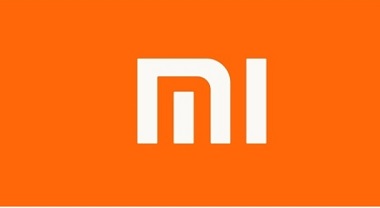Structuring the IP financial exchange
In the United States, the first financial exchange focusing on the IP asset was established in 2014. The main aim was to facilitate the non-exclusive licensing and trading of IP assets. Aiming for structuring the way a company must move to monetize IP assets, this exchange was the brainchild of multiple organizations ranging from some of the world’s top tech companies to universities, banks, and laboratories. This shows how important is the licensing aspect of the company which deals in the IP field. Keeping this in mind, we should delve into the market-based approach of the same.
[Image Source: gettyimages]
Giving a larger ground for licensing
The licensing of IP is not a small issue but an issue that consists of several hundred billion dollars. Tech-driven companies have a total dependency on the IP and as per some estimates; around 80% of the market value comes from these intangible assets. This whooping market value comes when the same estimates speak that only 5% of patents generate income. The IP Exchange claims identification of two distinct inefficiencies in the IP marketplace that has significantly limited growth: (1) lack of transparency in pricing and license terms, and (2) difficulty in connecting sellers and buyers. With the incoming IP exchange, these inefficiencies are expected to be eliminated, giving a larger purview to utilize the IP at max. The exchange while providing a forum with standardized licensing terms published pricing, and a marketplace with more accessible information about what kinds of IP assets are available for licensing.
The exchange works on the Unit License Right (ULR) contract. Such a contract is offered to the interested parties who want to purchase it which is open to all without discrimination. All information is available with the contract like the price set up and sold based on standardized technology unit. Such a contract is developed by mutual consensus between the IP owner and Exchange, which is dependent upon the type of technology. Such contract if granted can provide the use of IP as per the terms decided therein. As per the model stock exchange, the contract decides the value of the IP as per the interest set by the investor and places it in the marketplace. More fluctuation is visible as per the market condition and demand.
Advantages
There is a significant advantage of a stock market setup for an IP. This exchange helps in a preferable market certainty in terms of associated transaction costs between the technology creator and technology implementers. Such cost can be decreased too much extent if an exchange system is developed. Since this is an open system, multiple companies are into the domain, which helps different companies share the transaction costs of selling their IP and reduces the transaction costs for the buyers who can now access the standard ULR contract from a single source. If there is no exchange-like system, the IP holder would need to negotiate with each potential licensee managing separate contracts with each other. On the side of the licensee, each one will need to have separate due diligence for each IP holder. Information with regards to the ownership and validity needs to be checked. In the case of an exchange, such due diligence is met by the IP exchange itself. All of these activities take time and money thereby reducing the total amount of licensing that occurs in the marketplace. Before making it in the market, the exchange itself conducts due diligence ensuring the product is perfect from all sides, be it technical and legal. By reducing the transaction costs for both IP holders and IP buyers, the IP Exchange hopes to maximize the volume and ease of IP licensing.
Author: Saransh Chaturvedi an associate at IP & Legal Filings, in case of any queries please contact/write back to us at support@ipandlegalfilings.com.




